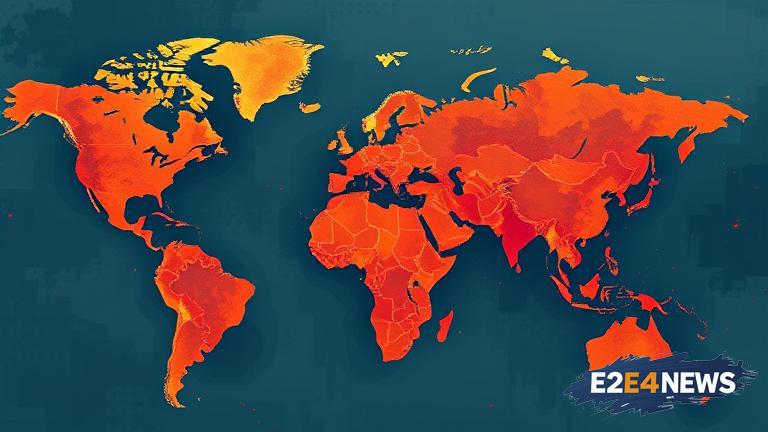The tobacco epidemic is one of the most significant public health threats globally, accounting for over seven million deaths annually. In recent years, artificial intelligence (AI) has emerged as a powerful tool in the fight against tobacco. AI-powered systems are being used to analyze vast amounts of data, identify trends, and develop targeted interventions to reduce tobacco use. For instance, machine learning algorithms can be used to predict which individuals are most likely to start smoking, allowing for early intervention and prevention. Additionally, AI-driven chatbots can provide personalized support and guidance to smokers trying to quit. The use of AI in tobacco control is not limited to individual-level interventions; it can also be used to inform policy decisions and monitor the effectiveness of tobacco control programs. By analyzing large datasets, researchers can identify areas where tobacco control efforts are most needed and track the impact of interventions over time. Furthermore, AI-powered systems can help to identify and disrupt illicit tobacco trade networks, which are a major obstacle to effective tobacco control. The World Health Organization (WHO) has recognized the potential of AI in tobacco control and is working to develop guidelines and standards for the use of AI in this field. Several countries, including the United States, China, and India, are already leveraging AI to enhance their tobacco control efforts. For example, the US Centers for Disease Control and Prevention (CDC) is using AI to analyze data from the National Youth Tobacco Survey, which provides insights into youth tobacco use patterns and trends. In China, AI-powered systems are being used to monitor and enforce tobacco control laws, including bans on smoking in public places. In India, AI-driven campaigns are being used to raise awareness about the dangers of tobacco use and promote cessation. The use of AI in tobacco control is not without its challenges, however. One of the major concerns is the potential for bias in AI systems, which can perpetuate existing health disparities if not addressed. Additionally, there is a need for greater investment in AI research and development in low- and middle-income countries, where the burden of tobacco use is often highest. Despite these challenges, the potential of AI to revolutionize tobacco control is vast. As the technology continues to evolve, it is likely that we will see even more innovative solutions and strategies being developed to combat the tobacco epidemic. The use of AI in tobacco control is a rapidly evolving field, with new breakthroughs and discoveries being made regularly. As such, it is essential to stay up-to-date with the latest developments and research in this area. By harnessing the power of AI, we can create a tobacco-free future and save millions of lives worldwide. The fight against tobacco is a global effort, and AI is poised to play a critical role in this endeavor. With its ability to analyze vast amounts of data, identify trends, and develop targeted interventions, AI is a game-changer in the field of tobacco control. As we move forward, it is essential to prioritize investment in AI research and development, address potential biases and challenges, and ensure that the benefits of AI are equitably distributed across all countries and populations.





